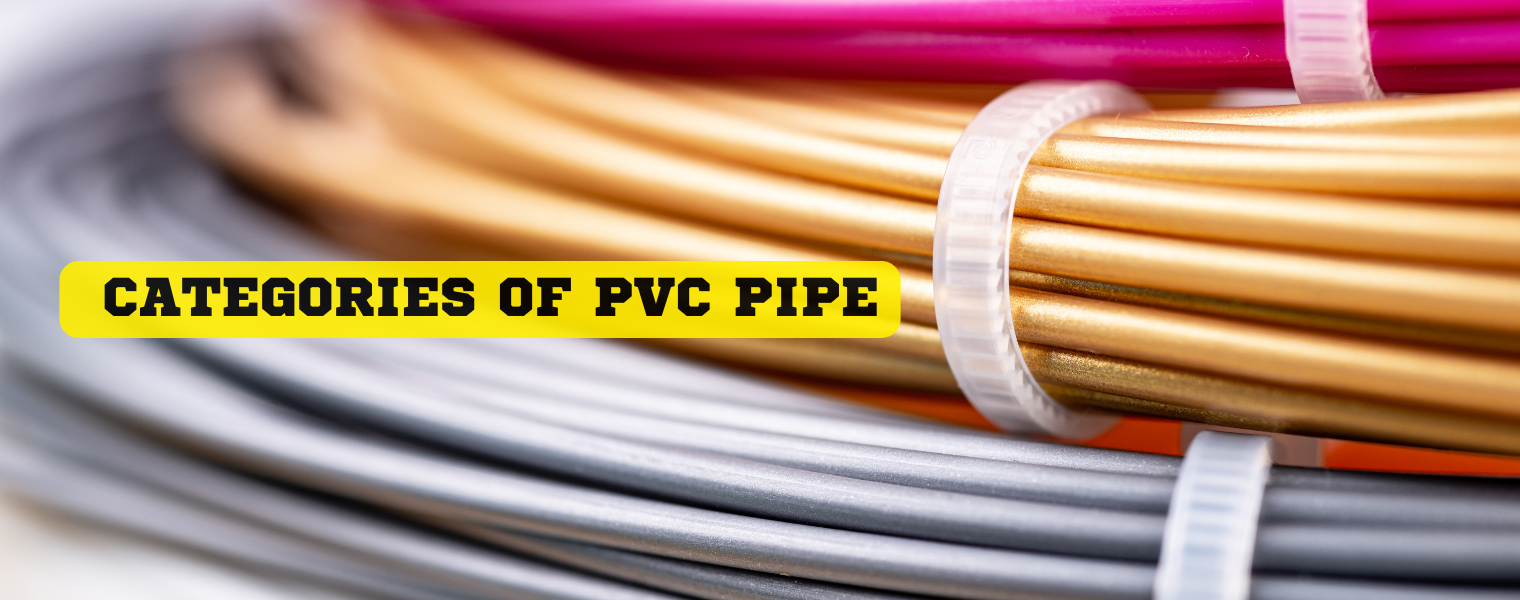
PVC pipes are often divided into four categories: unplasticized PVC (PVC-U), chlorinated PVC (C-PVC), molecularly orientated PVC (PVC-O), and modified PVC. In addition to having many of the same characteristics, each kind of PVC has unique benefits for certain uses.
UPVC stands for unplasticized PVC, indicating that the PVC compound has not been given a plasticizer (US: plasticizer) addition. Rigid PVC is another name for unplasticized PVC. The most widely used PVC type is uPVC, which is used for industrial applications, sewage, and underground drainage, as well as PVC pipes and fittings for the conveyance of drinking water, trash, and soil.
UPVC pipes and fittings offer a number of advantages. They are an economical, lightweight, and safe option for transporting drinking water. Great mechanical performance, durability, high chemical resistance, and resistance to Ultraviolet rays are examples of technical qualities. Additionally, UPVC pipes are 100 percent recyclable and have positive environmental qualities.
Chlorinated PVC is known as C-PVC. Many of the benefits of PVC-U are also found in C-PVC pipes and fittings. Both are suitable for use in groundwater and have great impact resistance, high durability, and strong corrosion resistance. However, C-PVC pipes and fittings can survive a broader range of temperatures because of their increased chlorine content than conventional PVC-U. Because of this, C-PVC is a preferred material for water pipelines in both residential and commercial construction. Additionally, C-PVC is considerably more flexible than PVC-U. C-PVC pipes and fittings are completely recyclable.
Unplasticized PVC (PVC-U) has an amorphous structure that is transformed into a composite material during the production process to create molecularly orientated PVC (PVC-O).
PVC-O improves the many advantages of PVC-U, including its unmatched balance of strength, stiffness, and flexibility, resistance to corrosion, maintenance of water purity, and cost-efficiency. 100% of PVC-O pipes and fittings can be recycled. PVC-O pipes have unique advantages in terms of fluid capacity, ductility, crack propagation, impact resistance, and fatigue resistance. This proves that PVC-O is a great option for drinking water pressure pipes. PVC-O is a good choice for non-potable applications including irrigation and sewage pumping distribution systems that are buried.
These thermoplastic alloys are produced by mixing PVC with complementary modifying agents. The modifying chemicals increase the material's ductility, fracture toughness, and resilience to crack propagation. They also enhance the material's toughness and impact properties. Because of their increased durability, modified PVC pipes can be produced with thinner walls, which results in material savings and better hydraulic capabilities. PVC can be modified with other polymers to increase its resistance to cracking. As a result, the impact of stress concentrators like scratches is minimized.
PVC pipe and PVC Fittings are available in a variety of styles on the market today. Each connector is intended for a specific purpose and application, and each has advantages and disadvantages. There are many manufacturers and distributors of PVC fittings. If you want top-notch items for your project, be sure to choose PVC pipe , PVC Fittings and HDPE pipe and fittings from the best PVC and HDPE pipe manufacturers. Polyfab is a well-known distributor and manufacturer of high-quality PVC pipes and fittings throught out Keyna , Ethiopia, Ghana and other regions.